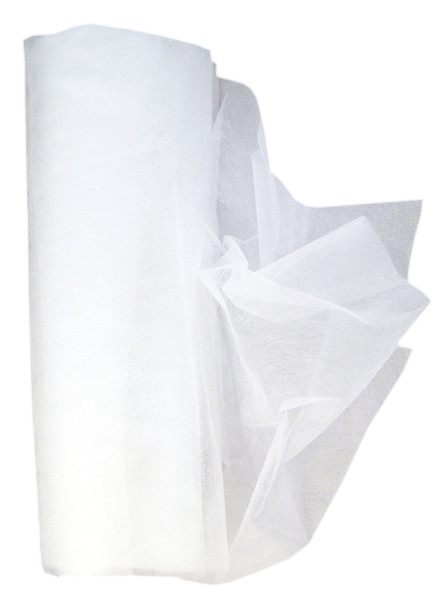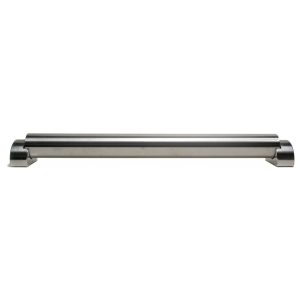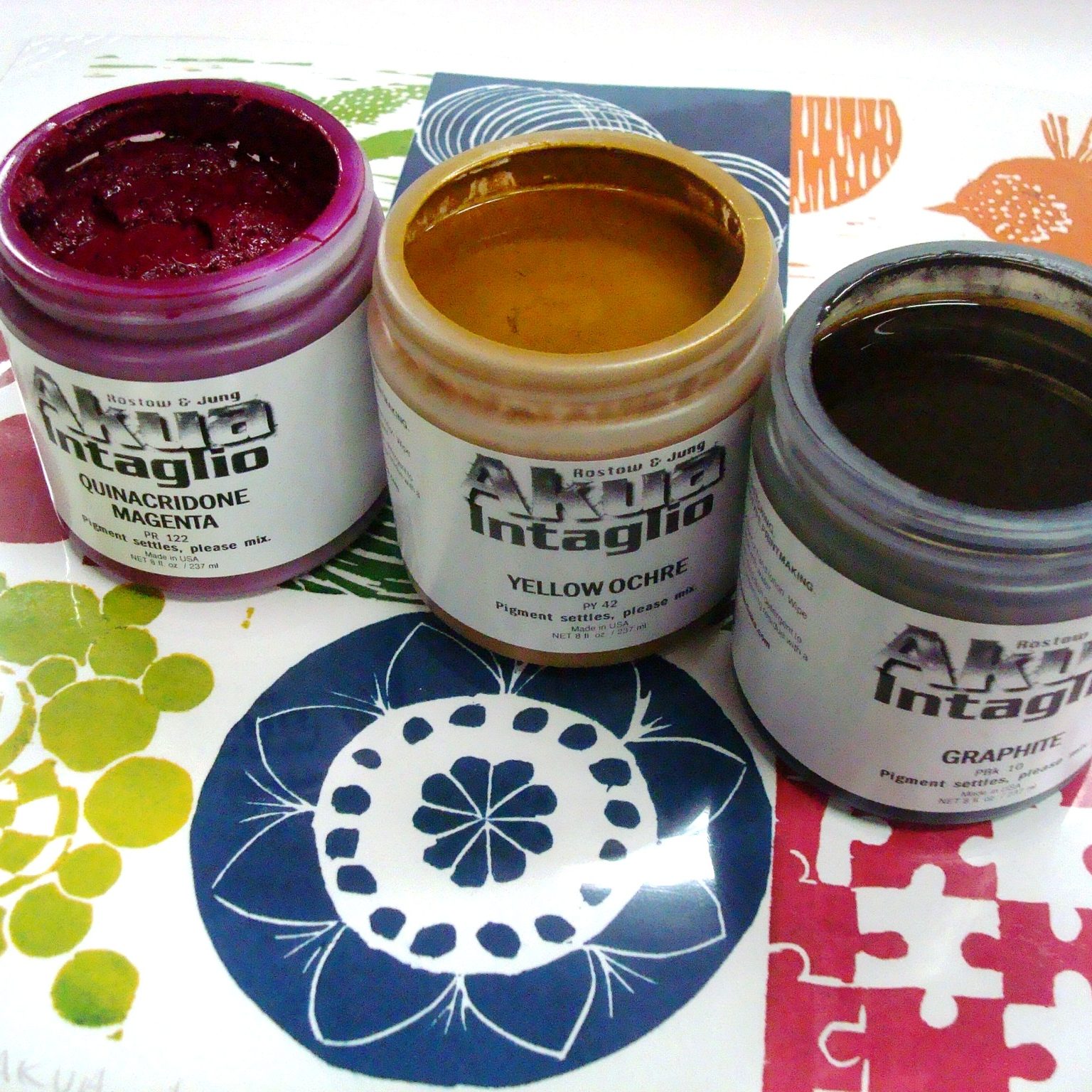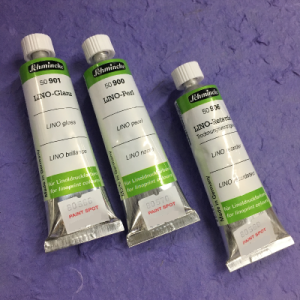Description
Akua Wiping Fabric 19″ x 10 yards
Akua Wiping Fabric is ideal for wiping excess ink from the surface of an Intaglio, Etching, Drypoint, Collagraph, Monoprint or Photopolymer plates. It is made from polyester which is sturdy, long lasting and lint free.
Akua ink will never dry and harden on this fabric so the same piece can be reused over and over again. It is less absorbent, smoother and softer than traditional tarlatan. As a result, plates print with highly saturated color and smooth solids without streaking. It has a “paper-like” quality which helps eliminate that extra step of having to do a final paper or hand wipe on the plate. Use it to polish highlights, or for subtractive work with stencils.

More About Akua
Water-based Ink for Intaglio & Relief: Akua Intaglio Inks are a printmaker’s dream come true. Originally formulated for intaglio printmaking, you can also apply this ink with a brayer for relief printmaking and monotype, as well as collagraphs. Additionally, it will print from any plastic, wood, linoleum or metal plate. These inks contain no driers, offering a long working time for monotype or wiping the plate.
Features:
Made with Soy and Light fast PigmentsAkua Intaglio is a soy based ink made with the same high quality lightfast pigments as Akua Liquid Pigment. It has a thick consistency with minimal water content.
Clean up with soap and waterAkua Intaglio ink cleans up easily with a dry rag, followed by soap and water. You can even use inexpensive liquid dish detergent. Never use toxic solvents again!
PermanentYou can re-soak Akua prints immediately after printing, if handled carefully. Once the print is dry, Akua Intaglio is permanent.
Never Skins or Hardens in the JarAkua Ink will neither skin over, nor harden in the jar or on the ink slab, so no ink is wasted.
Easy to UseWiping the plate with Akua Intaglio is easier than wiping oil-based ink. For best results, use this Akua Wiping Fabric.
Excellent ResultsWipes nice and clean while the paper picks up the ink efficiently.
Option To Print on Damp or Dry PaperPrint on dry or damp paper. Plates with greater tonal value, deeply bitten or raised surfaces require dampened paper. However, it may not be necessary to dampen paper for shallow bitten plates with high contrast images. Monotypes print best on dry smooth paper.






